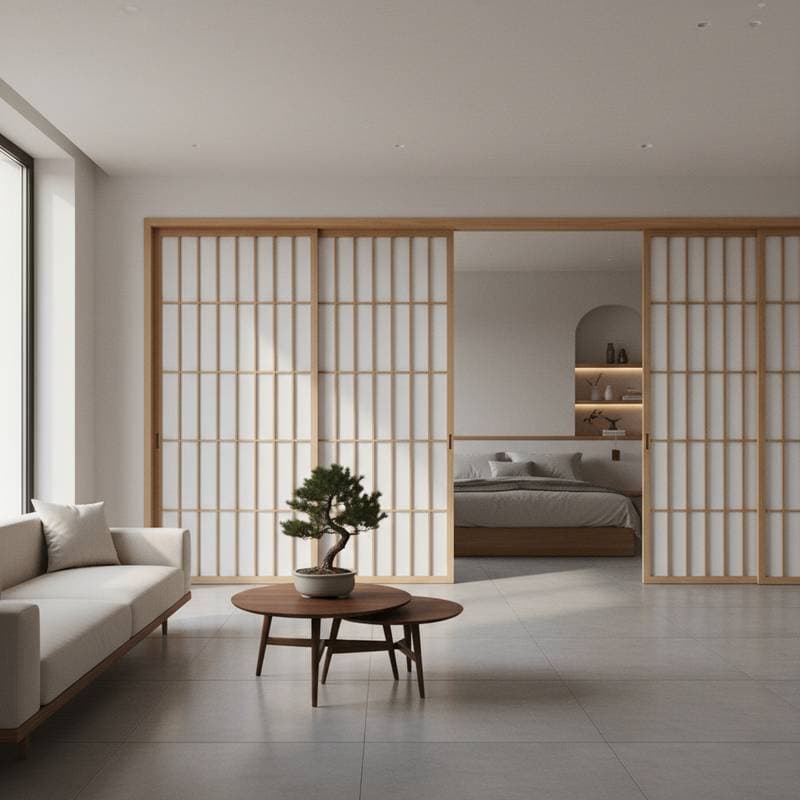Elevate Your Home Office: Reduce Noise by 80% Using Sliding Doors
Establishing a serene and efficient home office ranks among the top enhancements for any residence. As remote work gains prevalence, demands for acoustic privacy intensify. Soundproof sliding doors offer a superior solution, diminishing noise infiltration by as much as 80 percent and enabling sustained concentration amid household distractions.
This article details essential considerations for acoustic sliding doors, encompassing typical expenses, material selections, installation procedures, and professional recommendations to facilitate informed decision-making for your renovation.
Factors Shaping Installation Costs
Multiple variables determine the overall expense of installing a sliding door. Grasping these components enables precise budgeting and minimizes unforeseen expenditures.
Material Selection
Materials dictate both acoustic efficacy and visual appeal. The following table outlines prevalent options:
| Material | Average Cost per Door | Soundproofing Effectiveness | Maintenance Requirements |
|---|---|---|---|
| Solid Wood | $1,800 to $3,000 | Excellent | Moderate; periodic refinishing advised |
| Glass with Acoustic Laminate | $2,000 to $3,500 | Very Good | Low |
| MDF or Composite Core | $1,400 to $2,800 | Good | Low |
| Metal Frame with Acoustic Core | $2,200 to $4,500 | Excellent | Low |
Homeowners frequently select solid wood or laminated glass variants for their seamless integration of design and noise suppression in office environments.
Door Dimensions
Doors of greater width demand additional resources and potentially bespoke framing, elevating expenses. Standard six-foot-wide units prove more economical than customized eight- or ten-foot configurations suited to expansive or dual-access office layouts.
Installation Demands
Alterations to current walls or openings necessitate heightened labor investments. Tasks such as structural reinforcement, track affixing, and soundproof caulking contribute an additional $300 to $900 to the project total.
Supplementary Acoustic Features
Enhancements like perimeter seals, dual-glazed panels, or threshold brushes increase costs by 10 to 25 percent. These additions substantially bolster isolation, justifying the investment for optimal results.
Installation Procedures
Soundproof sliding door setups demand meticulous planning and expert execution. Although proficient individuals may pursue self-installation, engaging a certified carpenter or specialist yields superior outcomes.
Sequential Installation Steps
-
Evaluation and Sizing
Experts measure the aperture and inspect framing integrity. Precision in these measurements underpins effective alignment and acoustic integrity. -
Structural Readiness
Installers fortify walls or headers as required to accommodate the track mechanism, promoting fluid operation and durability. -
Track and Panel Assembly
The rail installs overhead or embeds into the ceiling. Panels then attach, level, and undergo operational testing. -
Sealing and Insulation Application
Edge seals and sweeps deploy to prevent auditory leaks. Supplementary gaskets or panels may integrate for enhanced damping. -
Refinement Phase
Final verifications confirm alignment, attenuation levels, and usability prior to project closure.
Standard installations span one day; bespoke or multi-panel arrangements extend to two days.
Weighing Self-Installation Against Expert Services
Soundproof doors present greater intricacies than conventional sliders, complicating independent efforts. Achieving peak performance hinges on exact track placement, secure mounting, and comprehensive sealing.
Advantages of Self-Installation:
- Reduced initial outlay, circumventing $300 to $800 in professional fees.
- Autonomy in timing the undertaking.
Drawbacks of Self-Installation:
- Potential for inadequate seals or offsets, undermining efficacy.
- Restricted sourcing of proprietary acoustic components.
- Absence of guarantees on execution quality.
For unparalleled noise mitigation, professional involvement merits the premium. Such services often include warranties encompassing products and labor.
Selecting Optimal Doors for Your Environment
- Contemporary Settings: Frosted or laminated glass paired with aluminum frames delivers modern elegance.
- Traditional or Rural Aesthetics: Solid wood or composite barn-style doors align with warm, textured interiors.
- Compact Areas: Surface-mounted sliders simplify setup compared to recessed pocket variants requiring cavity alterations.
- Ultimate Quietude: Prioritize STC ratings of 45 or above, featuring edge seals and multilayer builds.
Consider room acoustics, traffic patterns, and aesthetic harmony when finalizing choices. Testing samples for sound transmission can affirm suitability.
Advancing Your Project
Implementing soundproof sliding doors redefines your home office as a sanctuary of productivity and poise. Attenuating disturbances by up to 80 percent fosters a delineated professional realm within domestic bounds.
Solicit material comparisons, secure varied estimates, and verify installer proficiency in acoustic applications. Through diligent groundwork and skilled oversight, your installation will harmonize form, function, and tranquility, yielding the focused haven essential for success.






